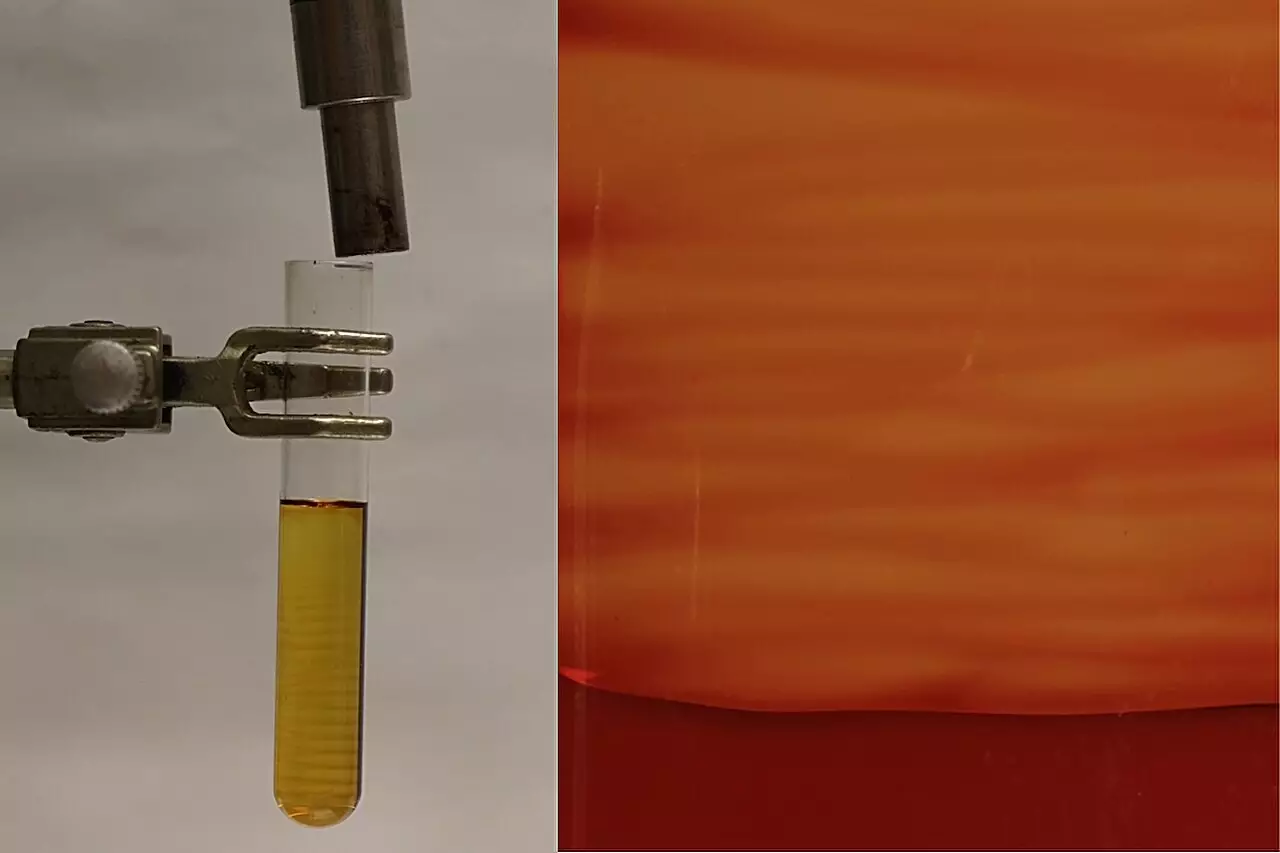Biological systems have long been a source of inspiration in various fields, especially in materials science. This inspiration is grounded in their ability to create structures that boast remarkable strength and resilience. Sea sponges exemplify this, showcasing a layered growth forming intricate patterns that intelligently blend soft and hard components. This biological architecture enables sponges to maintain both flexibility and robustness. The synthesis of these seemingly conflicting properties raises fascinating questions about how we might replicate such designs in synthetic materials.
Nancy Sottos, a notable researcher at the Beckman Institute for Advanced Science and Technology, underscores the intrinsic wisdom of nature in creating tough materials through complex patterning techniques. Her statement reflects a deep understanding: “Patterned materials often include both stiff and soft regions, allowing them to withstand high strains without breaking while maintaining impressive strength.” This highlights how nature can teach us about resilience through diversity in material composition and spatial configuration, which could revolutionize synthetic material engineering.
A pivotal study recently published in *Nature* details groundbreaking work by Sottos and her colleagues utilizing frontal polymerization. This innovative process, which activates a chemical reaction through heat to synthesize polymers, effectively mimics nature’s layering strategies. Earlier work by Sottos established this polymerization method as a valid approach for crafting biologically inspired materials. However, the current study reveals that they have taken a critical step further, demonstrating a method for meticulous control over the creation of crystalline patterns, thereby augmenting the toughness and durability of the resulting materials.
What sets this work apart is its ability to cultivate spontaneous yet controlled pattern formation, a juxtaposition that challenges traditional approaches to material synthesis reliant on rigorous methodologies. Jeff Moore, another contributing researcher, articulates the team’s achievement by stating, “Our work demonstrates a new frontier—patterning materials without molds or milling, resulting in unique properties that arise from this added structure.” This eliminates some conventional limitations associated with manufacturing, opening the door to new possibilities in material design.
The research team’s use of morphogenic manufacturing techniques allowed them to induce specific changes in chemical reactions, achieving the desired crystalline patterns. Lead author Justine Paul observed that pinpointing the optimal reaction settings took weeks of experimentation. However, such diligence paid off, leading to notable alterations in the microstructure and material properties. The resulting polymer boasts regions of both amorphous (unstructured) and crystalline solid elements. This contrast mirrors the duality found in nature—where soft components can cushion and protect, while hard components provide foundational support.
The innovative materials produced through this process not only showcase enhanced resilience but also contribute to a paradigm shift in how we view the architecture of polymers. The collaboration within the Beckman Institute played an essential role in this research, proving that interdisciplinary approaches can yield profound breakthroughs in material science.
Cecilia Leal, a professor involved in this research, lent her expertise in materials science, employing X-ray scattering techniques to comprehend the orientation of polymer chains in the patterned material. This investigation highlighted the significance of discerning the relationships between structure and properties throughout the spectrum of material composition. Additionally, Philippe Geubelle, an aerospace engineering professor, directed his focus towards modeling the manufacturing process, aiming to capture the intricate thermo-chemical instabilities that lead to the formation of robust heterogeneous materials.
In discussing the collaborative essence that fueled this research, Geubelle stated, “The close collaboration between experimentalists and modelers, and between researchers from mechanics, materials science, and chemistry was instrumental to the success of this project.” This reinforces the idea that innovation does not occur in isolation; rather, it flourishes within cooperative environments where diverse fields converge.
What these researchers have achieved is not merely the replication of nature’s design but a revolution in how we conceptualize and create materials. The combined scientific insights and technological advancements demonstrated in this research hold immense potential for a wide range of applications—from aerospace engineering to biomedical devices. As the quest for sophisticated materials continues, drawing lessons from nature’s own strategies may just lead to the creation of substances that are not only resilient but also sustainable and adaptable to future challenges. The future of material design, it seems, is indeed promising, thanks to the wisdom gleaned from the natural world.

